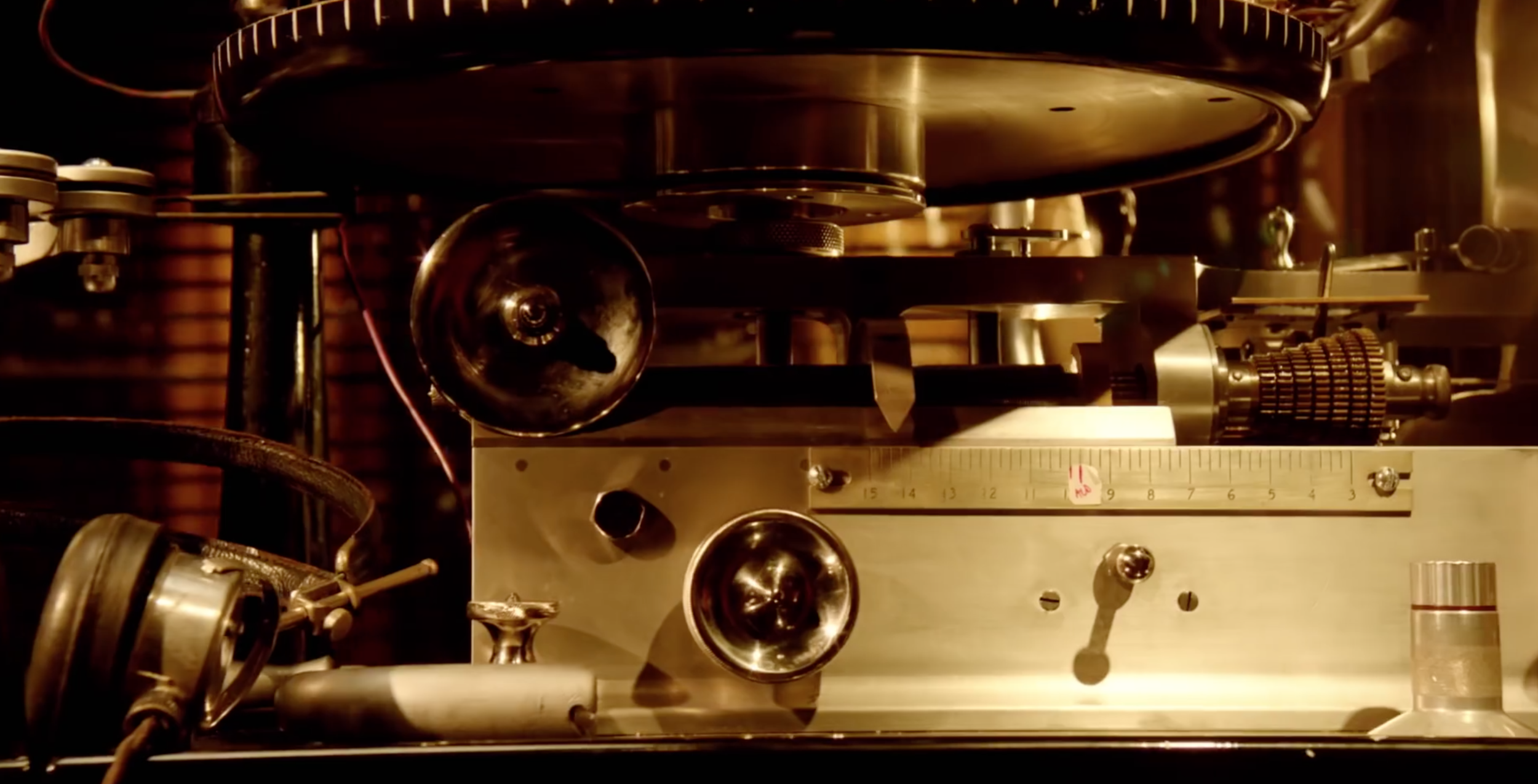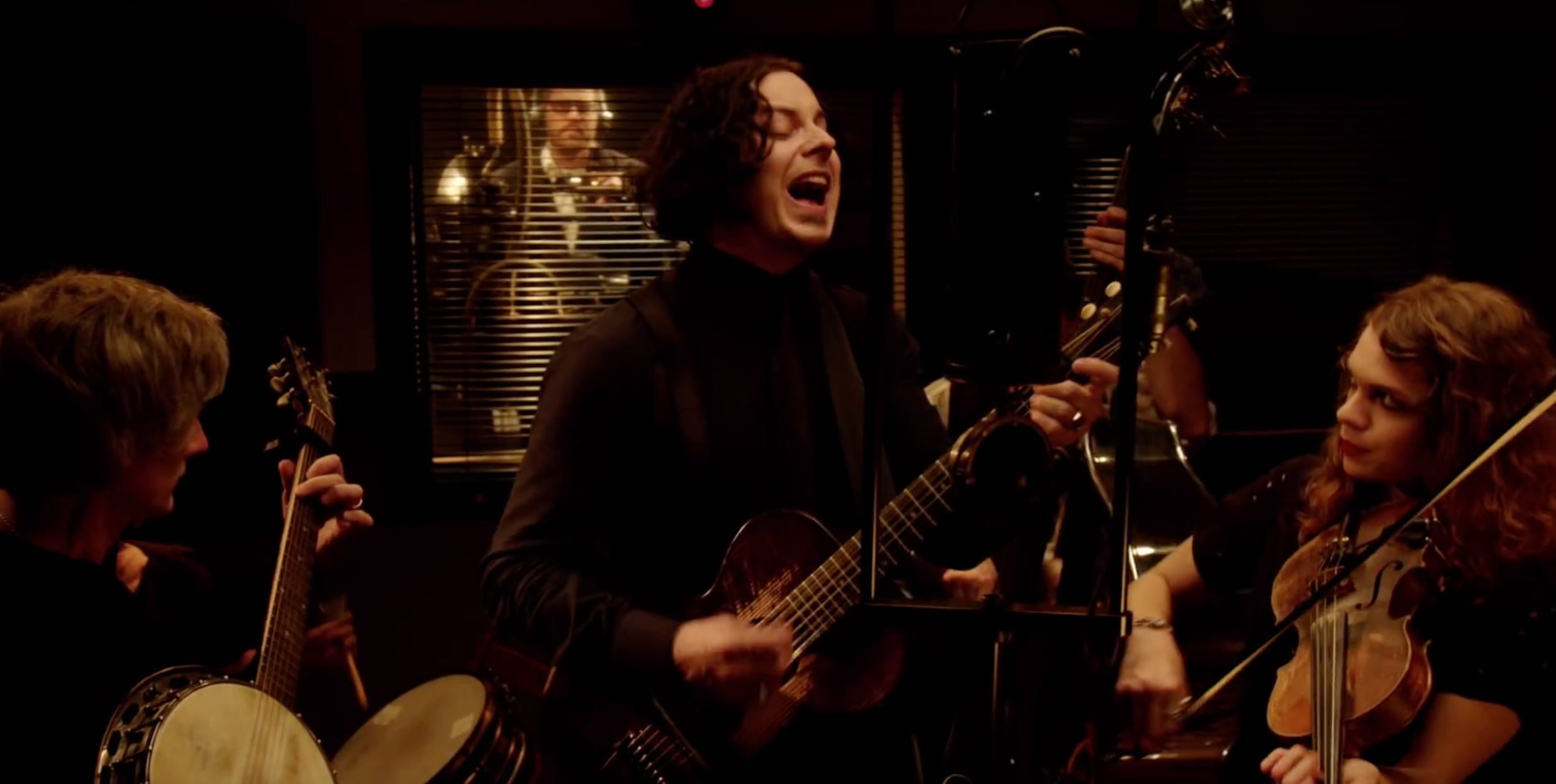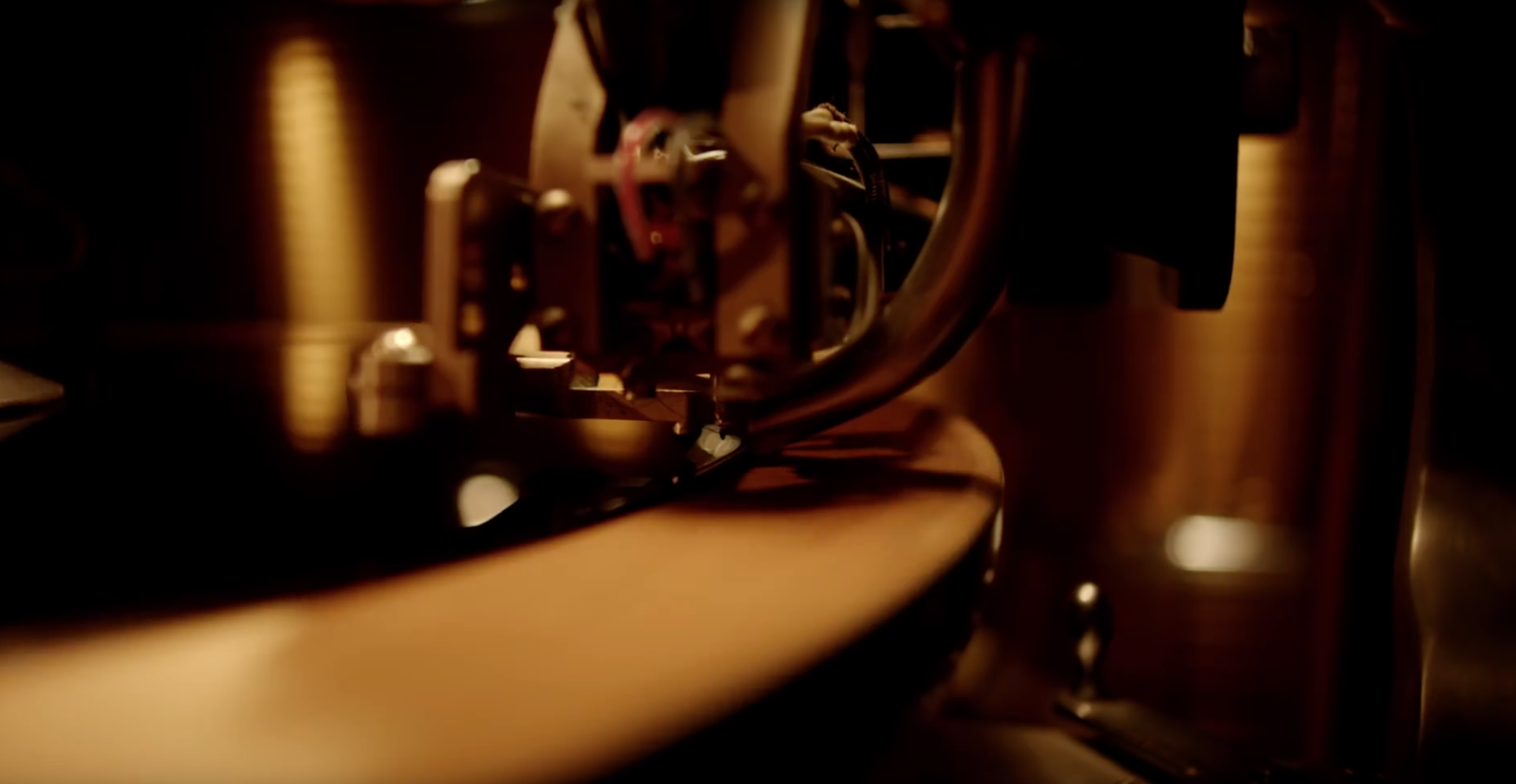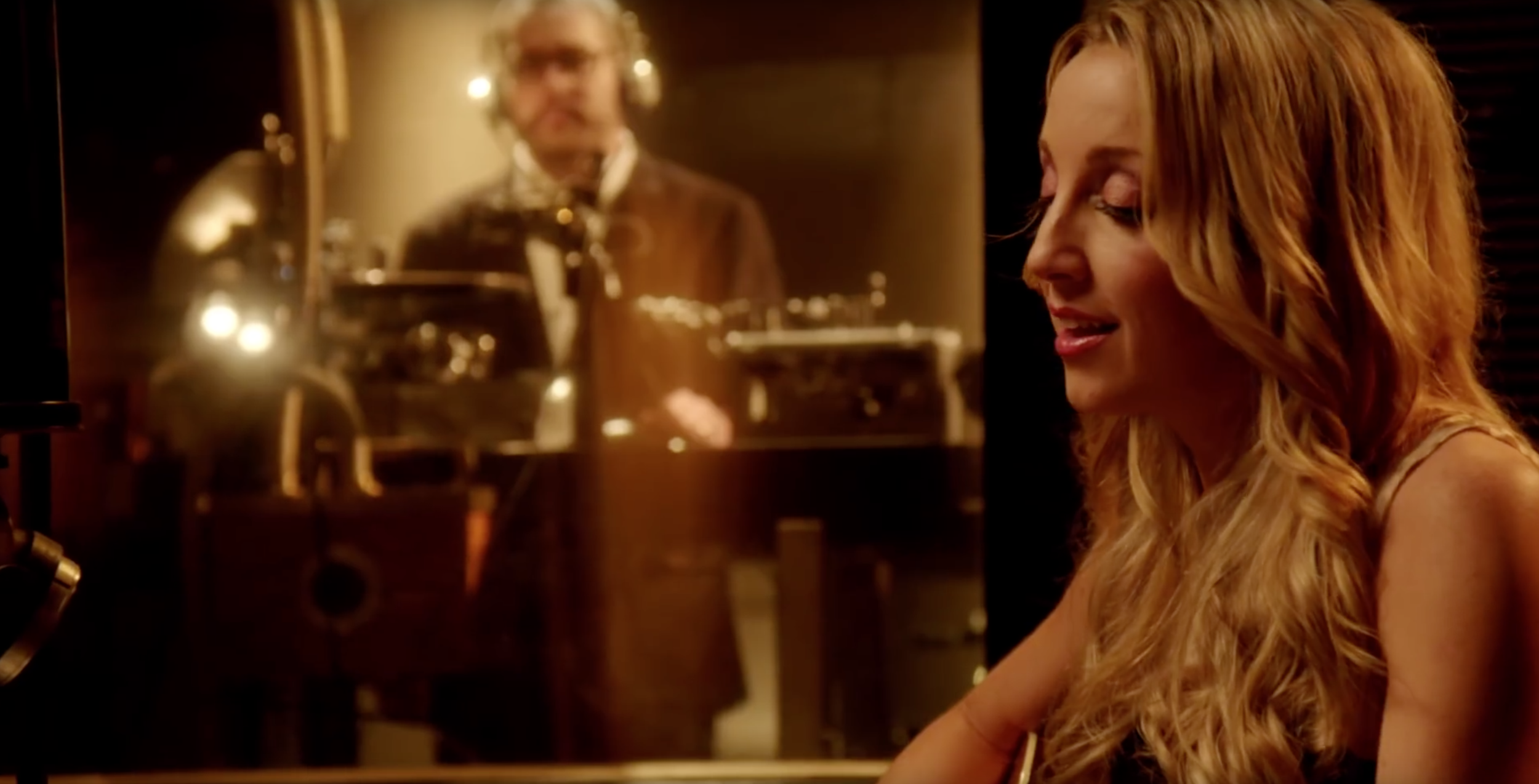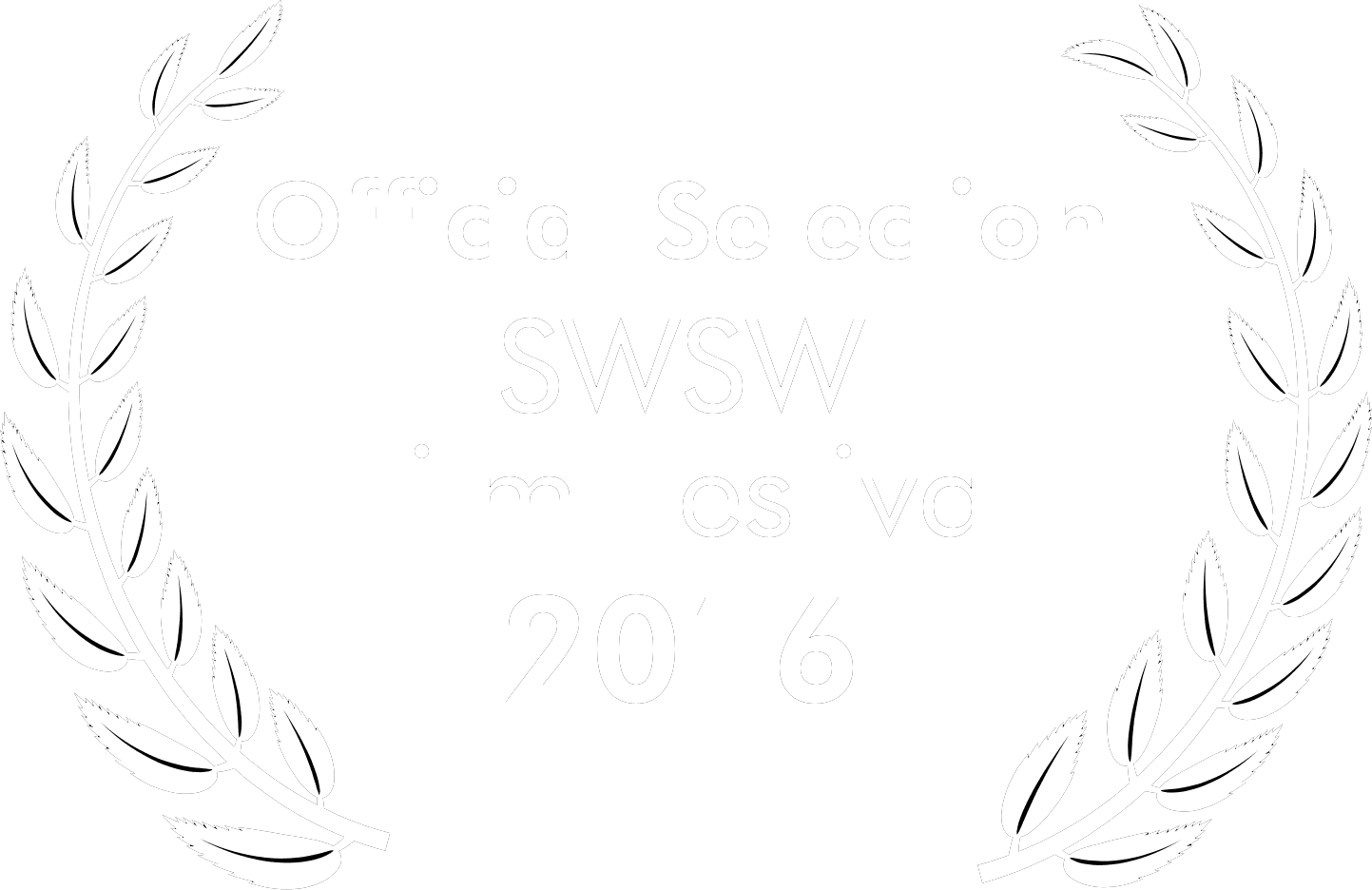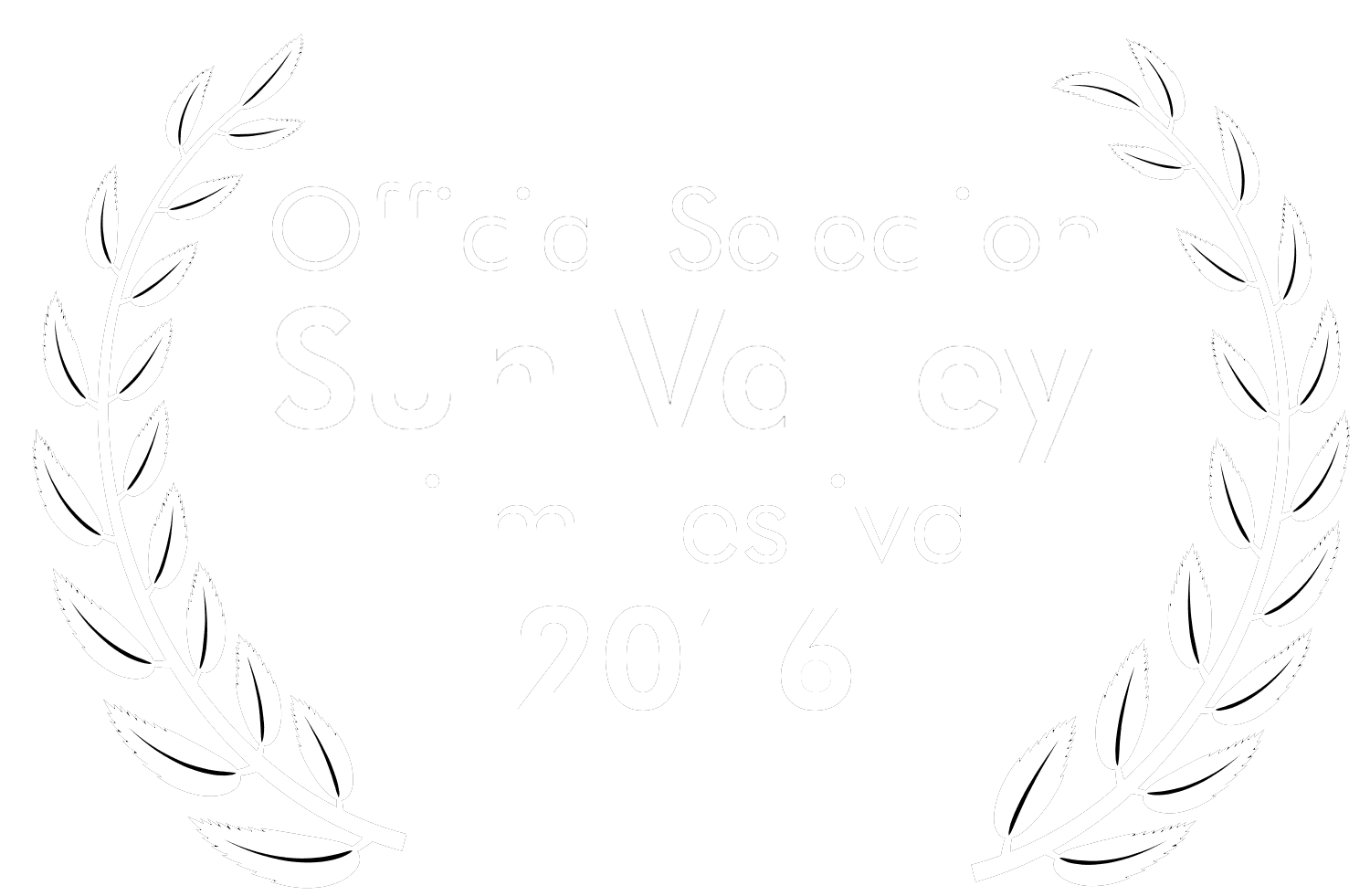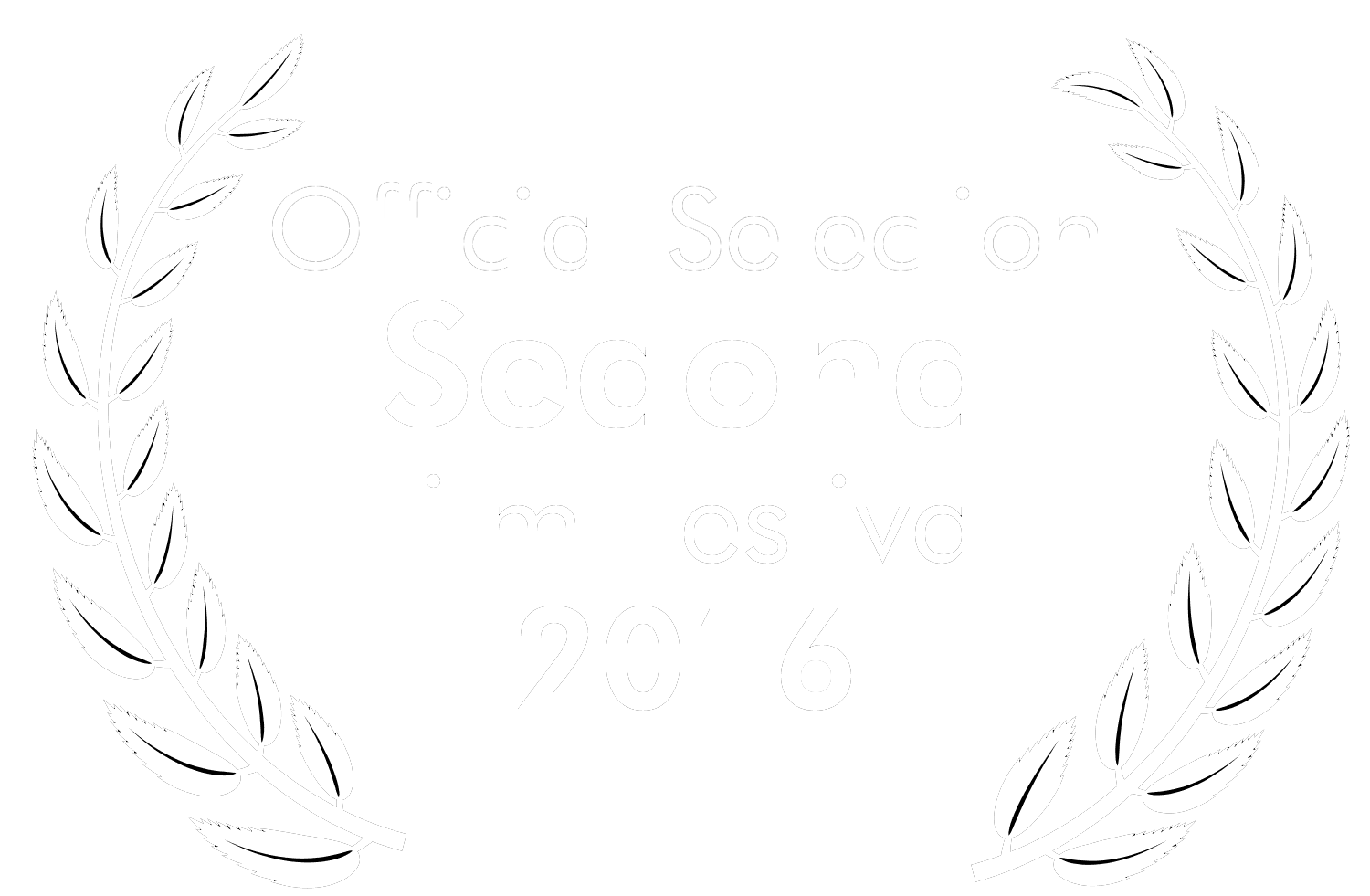My Fair Lady
Most major films have had their sound preserved and restored one or more times already over the last couple decades. However, it is amazingly common that the best master sound elements were not preserved or used for restoration because at the time they sounded worse than later copies. This is because deterioration can result in poor frequency response, wow, and other anomalies when played on conventional equipment. However, with the sophisticated cleaning equipment and transfer equipment at Endpoint Audio Labs, it is now possible to bring back to life most of these deteriorated elements to the point where they sound as good as when they were made.
My Fair Lady is a good example of a project where the sophisticated playback equipment at Endpoint Audio allowed transfer of the master 6-track element that had originally been passed over in all previous restorations due to its poor condition. Additionally, the Endpoint transfer of this previously inferior element was essentially free of deterioration anomalies, and as a result, the only restoration needed down the line was tightening up the original production audio anomalies for modern audiences.
This project was also included the most thorough transfer QC ever encountered with restoration supervisor Robert Harris personally listening to each digitized audio track separately in real-time. In other words, 18 hours of QC of the raw 6-track audio capture for a movie less than 3hrs in length. In the end, no deterioration issues were found in the Endpoint transfer of an element that was previously thought to be unusable.
Unfortunately, this example of original masters not being used is fairly common since original master elements can be difficult to transfer, and occasionally even difficult to identify. Similar un-utilized masters were saved at Endpoint Audio for Sound of Music, Oklahoma!, Butch Casidy and the Sundance Kid, and many others.







